If you click on a link and make a purchase we may receive a small commission. Read our editorial policy.
What does the ending of Joker: Folie à Deux mean? We've got a theory
Just like the 2019 Joker film, Joker: Folie à Deux has a dramatic ending. What does it all mean for Joaquin Phoenix's Arthur Fleck?

Popverse's top stories
- Is the Supergirl teaser trailer already teasing a Man of Tomorrow connection? Because our Brainiac senses are tingling
- Watch now: Watch as Nickelodeon presents the Avatar: The Last Airbender 20th Anniversary Panel, featuring Dante Basco, Zach Tyler Eisen, Jack De Sena, Mae Whitman, Michaela Jill Murphy, from NYCC 2025
- The Amazing Digital Circus stars Lizzie Freeman, Michael Kovach, and Alex Rochon are coming to Seattle's ECCC 2026
Warning: this article contains spoilers for Joker: Folie à Deux
The sequel to Todd Phillips's 2019 Joker film is finally here, folks, and it was worth the wait. Joker: Folie à Deux follows Arthur Fleck as an inmate in Arkham, where he meets and falls in love with a woman named Harleen Quinzel. If the first Joker film was about an ordinary man's descent into madness, Folie à Deux is about the conditions that perpetuate what we consider to be "madness."
If you remember, the first Joker film ended with Arthur Fleck murdering talk show host, Murray Franklin, on live TV, and Folie à Deux offers an even more dramatic climax. Read on to find out what it could all mean, but be warned, there are spoilers ahead.
What happens at the end of Joker: Folie à Deux?
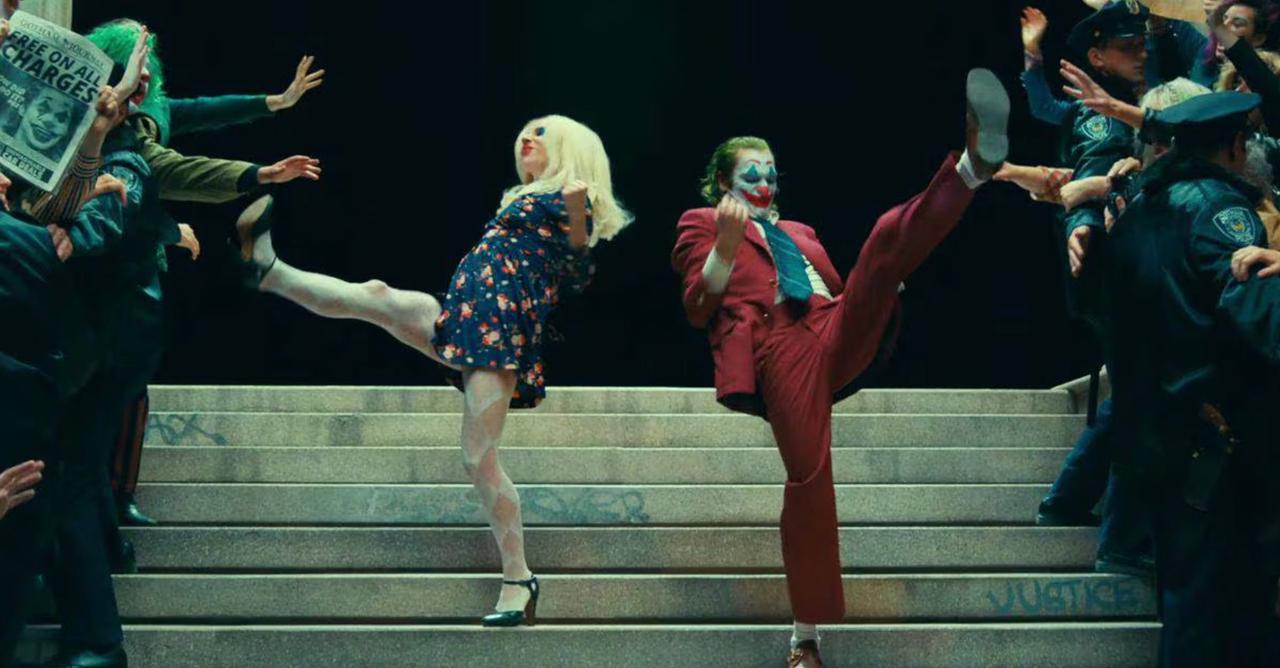
Joker: Folie à Deux ends with Arthur Fleck back in Arkham. He is walking down a hallway when he is confronted by an unnamed inmate played by Jacob Lofland, who we had seen glowering in Arthur's direction in the background of Arkham throughout the film. This inmate approaches Arthur, who tells him a joke about a psychopath, before stabbing Arthur multiple times in the torso. As Arthur bleeds out on the floor, his murderer laughs maniacally and carves a Chelsea smile into his cheeks with the shiv he stabbed Arthur with.
What does the ending of Joker: Folie à Deux mean?
This climactic scene could have any number of interpretations, but here's what we think: the inmate who killed Arthur is the real Joker that we know from DC Comics and other Batman film adaptations.
Folie à Deux ultimately reveals that Arthur doesn't have a split personality condition, and he admits to both the courtroom and to Harleen that Joker isn't a real persona to him. Though this inmate doesn't have very much screen time in Folie à Deux, there are several clues in the film that point to this inmate being the Joker we are all so familiar with.
Given how we've seen Arthur behave in the first Joker film and now Folie à Deux, it makes sense that Arthur isn't the real Joker. One, Arthur Fleck has a name, a background, and a life story. The Joker, within the current status quo of DC Comics, does not have any of these elements. He is not supposed to, because this mystique is precisely what makes him such a disturbing character. "Joe Chill" is a name attributed to the man who killed Thomas and Martha Wayne, but it's more of a placeholder title than an actual identity.

The inmate who kills Arthur fits in perfectly with the traditional elements that have defined the Joker in both previous Batman films and in DC Comics. He does not have a name, nor do we know why he is in Arkham in the first place. This inmate commits an act of brutal violence against Arthur in cold blood. While we've seen Arthur kill people in the Joker films, they have been presented as climactic moments of emotional catharsis for him. The inmate, however, kills Arthur for no discernible reason, echoing back to how the Joker has long represented chaos in DC Comics. It's also important to note that DC has brought multiple Jokers into its official comics canon.
Secondly, this inmate cracks a joke about a psychopath to Arthur. The Joker often has psychopathic traits in DC Comics, and it's clear that this inmate is talking about himself as he tells this joke. This explains why he laughs after he murders Arthur. It's also worth noting that the inmate's laughter is different from the involuntary laughing fits that Arthur struggles with, where he sounds like he's in pain. The inmate's laughter is full of maniacal glee, both from the violence he's imparted onto Arthur and onto his own face.
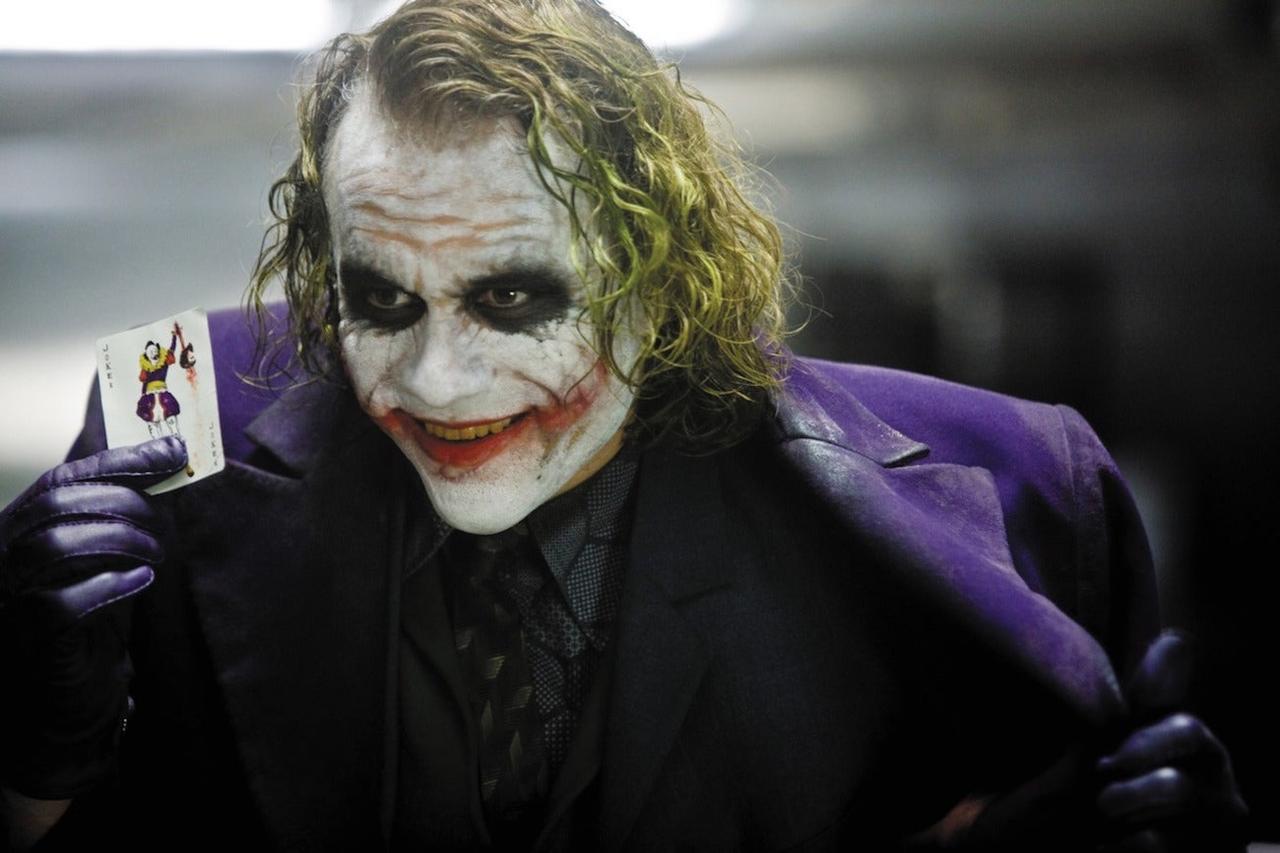
And how could we forget the Chelsea smile? In The Dark Knight, Heath Ledger's Joker offered multiple, contradictory explanations for why he has scars extending from the corners of his mouth. Seeing the inmate slash his own face in the same manner is an invitation for us to recall Ledger's version of the Joker. Aside from the inmate's laughter, this is the most overt Joker reference we see.
What is Joker: Folie à Deux trying to say?
Ultimately, Folie à Deux shows that we are meant to empathize with Arthur Fleck's humanity. Rarely, if ever, are we asked to do the same for the Joker in DC Comics, because there is nothing to empathize with. Folie à Deux also evidences how humans like Arthur have their humanity stripped away when they become symbolic figures in society. For Arthur, a consequence of becoming a symbol is inspiring a depraved, cold-blooded killer like the inmate who murders him. In effect, Joker: Folie à Deux shows the genesis of the Joker, and the end of the man who inspired him.
Want to know what's coming up next in pop culture? Check out Popverse's guides to:
Follow Popverse for upcoming event coverage and news
Find out how we conduct our review by reading our review policy
Let Popverse be your tour guide through the wilderness of pop culture
Sign in and let us help you find your new favorite thing.


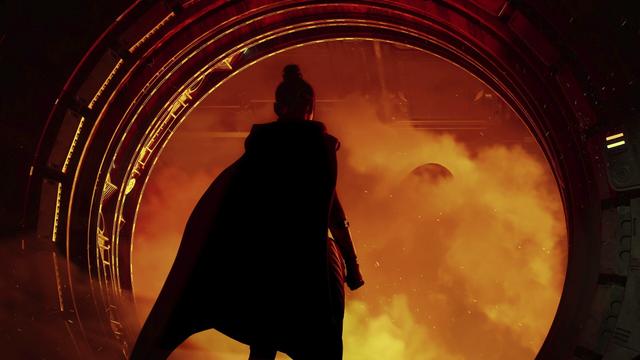
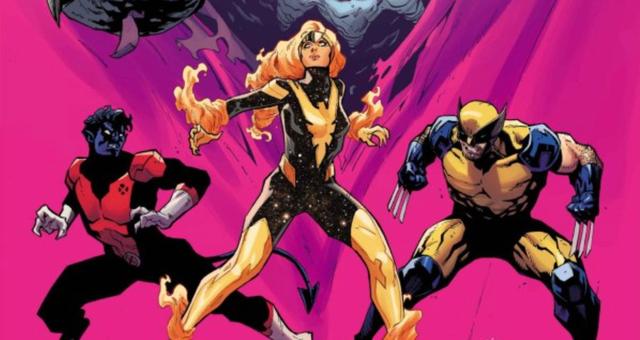

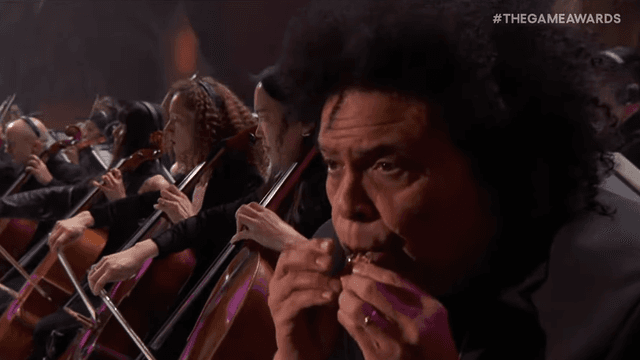



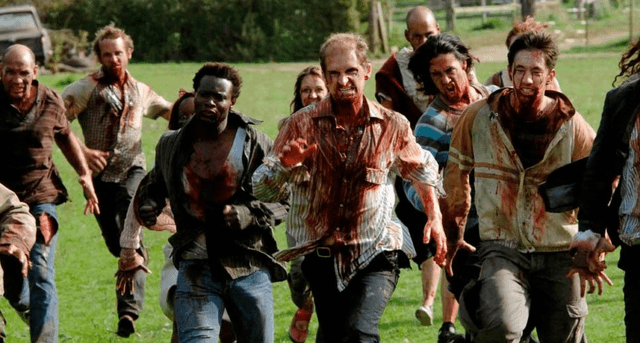






Comments
Want to join the discussion? Please activate your account first.
Visit Reedpop ID if you need to resend the confirmation email.